Visting Thailand 2018
- Michael Lee Jackson
- Mar 27, 2018
- 9 min read

Cape Shambhala, my destination in Koh Lanta.
I've been to this wondrous country many times over the last eighteen or so years, and though I've always taken lots of pictures, I have only been seriously in to photography for the last six or so years. There is so much to photograph in Thailand, from the beautiful rural scenery, cities, the homes, street life, river life, the markets, ancient ruins, animals, and nature. On my most recent trip earlier this month, I was in Koh Lanta for one week, then north to Bangkok, Ayuthaya and then Bangkok again for a few more days. I still feel as though I've only scraped the surface of Thailand. It's one of my favorite destinations. The Thai people are wonderful and friendly, it's safe, mostly inexpensive, and the food is divine.
It's an arduous trip to get to Koh Lanta from the United States, as there are no direct flights to Thailand from the U.S. anymore. This trip was a 9 hour flight to Tokyo, 6+ hours to Bangkok, overnight at a hotel near the airport, 90 minute flight to Krabi (for which I made two rookie mistakes - more on that later), and then a two hour drive to Koh Lanta. It used to take significantly longer. There's a bridge now to Koh Lanta, so the second ferry of the past is no more, and there's only one small ferry to take to get to Koh Lanta Noi ("Big Lanta") en route. On average, it takes me about 40 hours to get to Cape Shambhala, my destination on Koh Lanta. It's worth it.

Cape Shambhala at night.

Sunrise from the deck at Cape Shambhala.

Thai family on the ferry to Koh Lanta Noi.
The rookie mistakes? First, I booked a hotel right by Suvarnabhumi Airport, thinking that would be clever for my morning flight to Krabi. It would have been smart, had my connecting flight to Krabi been flying out of that airport, but alas I learned when I got to the airport that I was at the wrong one, which required a stressful cross-city cab ride to Don Mueang International Airport, where I barely made my connecting flight. The second rookie mistake was not paying attention to the patently absurd baggage and carry-on weight limits on Thai Lion Air (10kg for checked & 7kg for carry on) and punishing overage fees which added up to much more than my ticket. Those bargain airlines are only bargains if you have NO baggage. Lesson learned. Again.
When I first started coming to Lanta, there was one dodgy two lane road around most of the island, and the last stretch to Cape Shambhala, was very bumpy dirt. Dusty as it was, it did limit the traffic. That innocence is gone, and not only is it now paved, but they're expanding the road and knocking down and moving many of the buildings along the way. There are now too many people on Lanta for its vulnerable infrastructure to support. It's still incredibly beautiful, especially in the south of the island where you can still have beaches to yourself, but property values have soared and there is construction everywhere, with a concomitant reduction in rainforest habitat. The Andaman Sea around that part of Thailand, once teeming with fish, has been so overfished that the main marine life near shore other than some small fish is squid, which no longer have predators and now multiply at such a prodigious rate the squid boats are out harvesting every night and return with full boats every morning. A few miles out, one can still see whale sharks and other large marine life.

The Ferry to Koh Lanta Noi
There is still a beautiful innocence in Koh Lanta, and it remains one of my favorite places. The Thais there are a delight, and it's nice to see Muslims and Buddhists work side by side (as is the case elsewhere I've been in Thailand) and there is no trouble there that I'm aware of -- other than drunk tourists doing stupid things, and stories about the occasional politician dipping their hands where they shouldn't. There is still ample virgin rain forest to trek through, lots of monkeys, interesting birds, monitor lizards, pythons and all sorts of other creatures. The elephants on the island are working elephants, though some are clearly treated better than others. On the beach beneath Cape Shambhala, a guy used to take his elephants for regular swims in the ocean, which was spectacular to see. The abject joy of these beautiful creatures being weightless is a sight to behold. He still takes them down now and then. The three elephant pictures immediately below are from 2009 on Khlong Chak Beach, right beneath Cape Shambhalla were taken by a friend.



There are sea eagles on Koh Lanta, and one that regularly flies over Cape Shambhala. I'd tried for several years to get a good photo of that eagle, but the bastard eluded me and I never could grab my camera in time. I finally got a few good shots of him (or her) as you can see below. I had a similar experience trying to get good pics of the monkeys that live/visit the Cape Shambhala property. They'd come down the house and make a real mess of it when any windows were left open and no one was around, and for a while they regularly hung out in a patch of trees on the peninsula. They would always scatter when I came near, and finally in 2014 they let me in one morning and I sat between them taking pictures as they went about their business. Those pics are included below as well.
A few years back at Cape Shambhala, the day after the monkeys had ransacked the house, I was up one morning at dawn sitting on the deck, and a bunch of monkeys came by. I tried to wave them off, and the alpha raised his fist and grunted. I replied in kind. Then he climbed up to the roof, sat down, gave me a dirty look, and then, well the pictures below speak for themselves. Oddly enough, it was Valentine's day. It didn't appear to be a very loving encounter.
The markets on the island have incredible fresh produce, and fresh meats and fish are on display as well, often covered in flies. Even so, it's probably cleaner and healthier than anything factory farmed and purchased in a U.S. supermarket. My friends there freeze the fish before cooking it in an abundance of caution to kill any bacteria.

Another common site on Koh Lanta are the motorcycles and scooters, thousands of them. For the locals its a very common way to get around, and the sight of a few people on a scooter, and even three or four people is frequent, whether in abayas, work clothes or shorts and t-shirts. Tourists on rented motorbikes keep the many medical clinics on the island quite busy with what a friend calls the Koh Lanta rash, as they tend to ride with no shirt, helmet and either barefoot or in flip flops. Needless to say the accidents aren't pretty and they happen often.
On my most recent trip, one afternoon we drove to Koh Lanta Noi which is substantially unpopulated and walked through a patch of rain forest to get to the beach. It sounds sublime and mostly was, though there was quite a bit of garbage washed up from the sea, from plastic bottles, cans to fishing gear, handbags full of sand, a reminder that paradise is not immune from the scourge of ocean dumping and litter.
After six days in Koh Lanta, I made the trek back to Krabi and flew to Bangkok, and the next day drove approximately 85km north to Ayutthaya, the ancient capital of Siam before the area was called Thailand. Per Wiki, the kingdom of Ayutthaya existed from 1350 to 1757, when the Burmese invaded and destroyed the city. Ayutthaya was once known internationally as a great trading center. It's located about 81km from Bangkok at the junction of the Chao Phraya, Lopburi and Pa Sak rivers. It was once called the Venice of the east and is reported to have had a population of approximately 1,000,000 by 1700, making it one of the largest cities in the world at that time. The remains of the city and ruins of the Khmer influenced temples can be seen all over the area. It's now a Unesco World Heritage Site, but I read that it's only been protected since the late 1980's. Over the years, many of the Buddha heads were crudely chopped off and stolen by looters, and I'm told sold to collectors in the United States and Europe.

Seeing Ayutthaya from a river boat is fascinating as well. Not only does it provide a different view of the ruins and city, but one can see the giant river boats carrying rice and other goods, and also get a glimpse of Thai life in that area, from river-side homes to people fishing from the shore and small boats, among other things. It's a great way to see that area.
There are a lot of captive elephants in Ayutthaya. Many people go to the Ayutthaya Elephant Palace & Royal Kraal adjacent to one of the historical parks to get close to elephants, feed them and go for rides around the ruins. Not only is it awful how these creatures are chained up most of the time available as interactive displays for people, but I've read that what goes on behind the scenes to train them to be so docile is still quite brutal and cruel. These beautiful, elegant, smart and sentient creatures have very little natural habitat left in Thailand because of logging, though the government has taken steps to protect the remaining herds and forests. It is estimated that there are only 3,000 elephants remaining in the wild in Thailand, down from estimates of 100,000 in the early 1900's. There's a related elephant kraal nearby called Elephant Stay, where there are many elephants, including babies. Their website says this is a home for retired working elephants and elephants that "don't want to work." Elephant Stay allows "voluntourists" to stay for a fee for a few weeks or more to help care for the herd, and the money goes to supporting the ongoing housing, feeding and care for the herd. As with the others, most are chained up and while they appear to be reasonably well cared for there, they are captive and I couldn't help but feel awful for what their lives have become. I've heard there are a few sanctuaries elsewhere in Thailand where the elephants have much more freedom , and will hopefully get to those in the future.
There are also statues in Ayutthaya depicting centuries old war scenes fought with warriors on elephants. You can read about the war elephant monument here, and there are some pics of the sculptures below at the bottom of the elephant photos gallery.
There are food markets all over Bangkok. The below pictures are from the Klong Toey market, an enormous traditional market spanning several city blocks. There were very few non-Thais shopping there when I walked through. The produce is gorgeous and incredibly fresh. The meat and fish were hard for me to look at. Many of the fish stalls had live fish flopping in the pans and bins, splashing people as they walked by, with guys cutting their heads off and preparing them for sale. The poultry section was full of live birds in cages, which the sales people would pull out on request, by the neck and throw on a scale for buyers. Cruel as all of that is to see, people who shop in these kind of markets are much closer to their food than most people in the west, who buy it neatly packaged, renamed and so removed from the kill that most never think about it.

The night flower market in Bangkok is enormous and goes for many blocks, with stalls indoors and on the street. I've never seen so many flowers in my life, and compared the food market I'd been to in the morning, its aroma was a welcome respite.

That was it for this journey. On my next trip to Thailand, I'd plan to go to Chiang Mai, Sukhothai, and Lopburi, and as many of the national parks as I can visit, among other places.
-------------------------
A little about gear for my photographer friends. My goal on this trip was to get better at street photography with a Leica digital rangefinder with which I've been shooting and to travel without a Pelican case full of gear or a super heavy backpack. I planned on bringing only the Leica and two lenses (28 and 35mm), which would have been a much lighter load than I've carried the last few years. I decided at the last minute to bring my Nikon and a 70-200mm and a 50mm and a tripod, and though it made my pack a lot heavier and made for much sweatier walks, I'm really glad I brought all the gear. I remember when the kindle came out and I celebrated my new ability to travel light, as I always had a bunch of heavy books in my backpack. I had it easy for a while, and then I got into photography, and now I'm traveling with more weight on my back than ever. And so it goes.






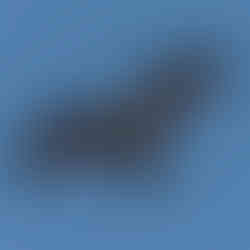


























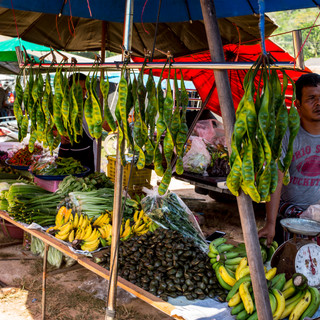

























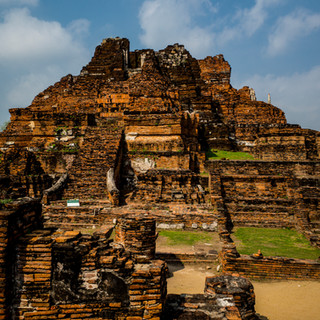









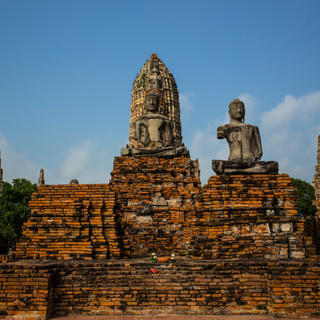























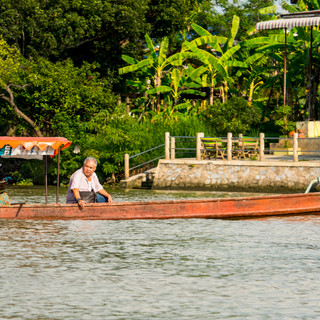









































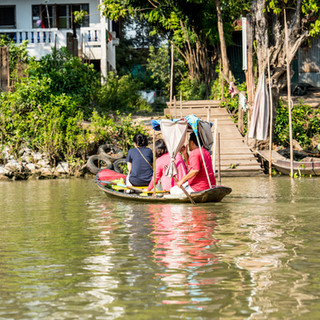












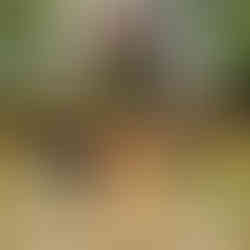






























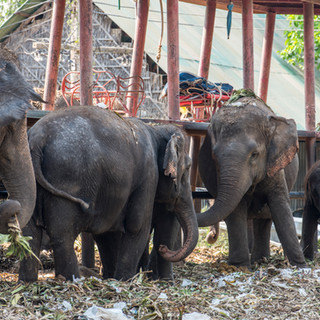













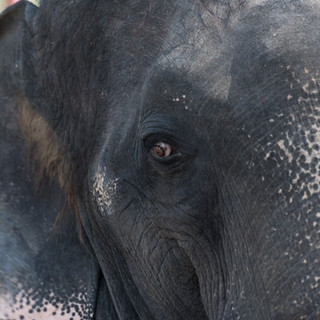









































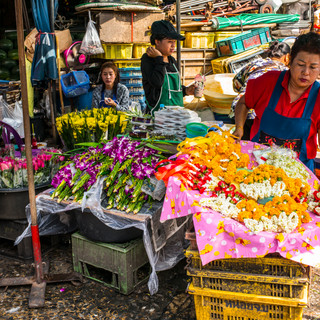

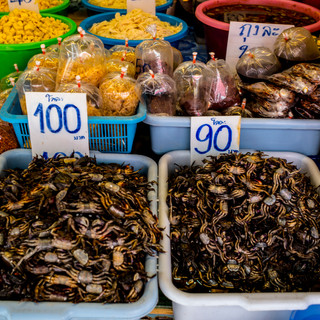















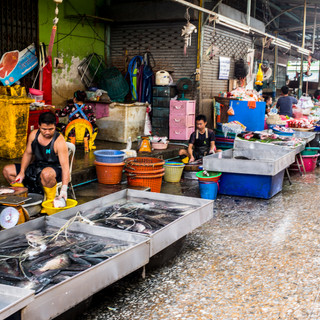

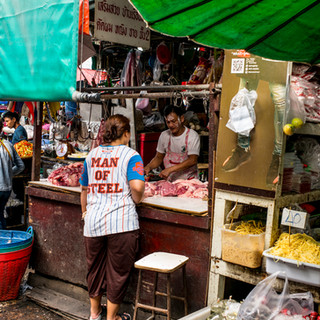


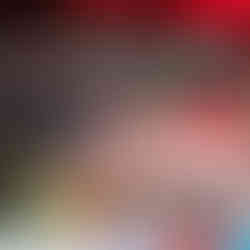








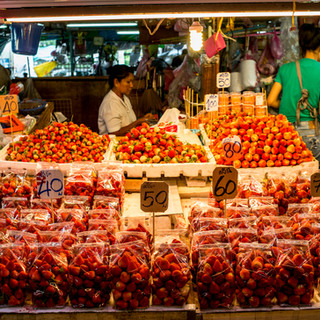













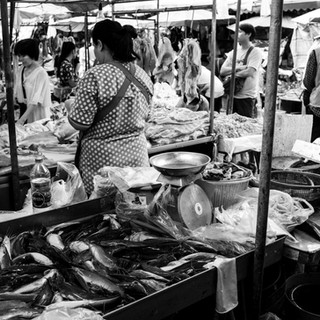





















Comments